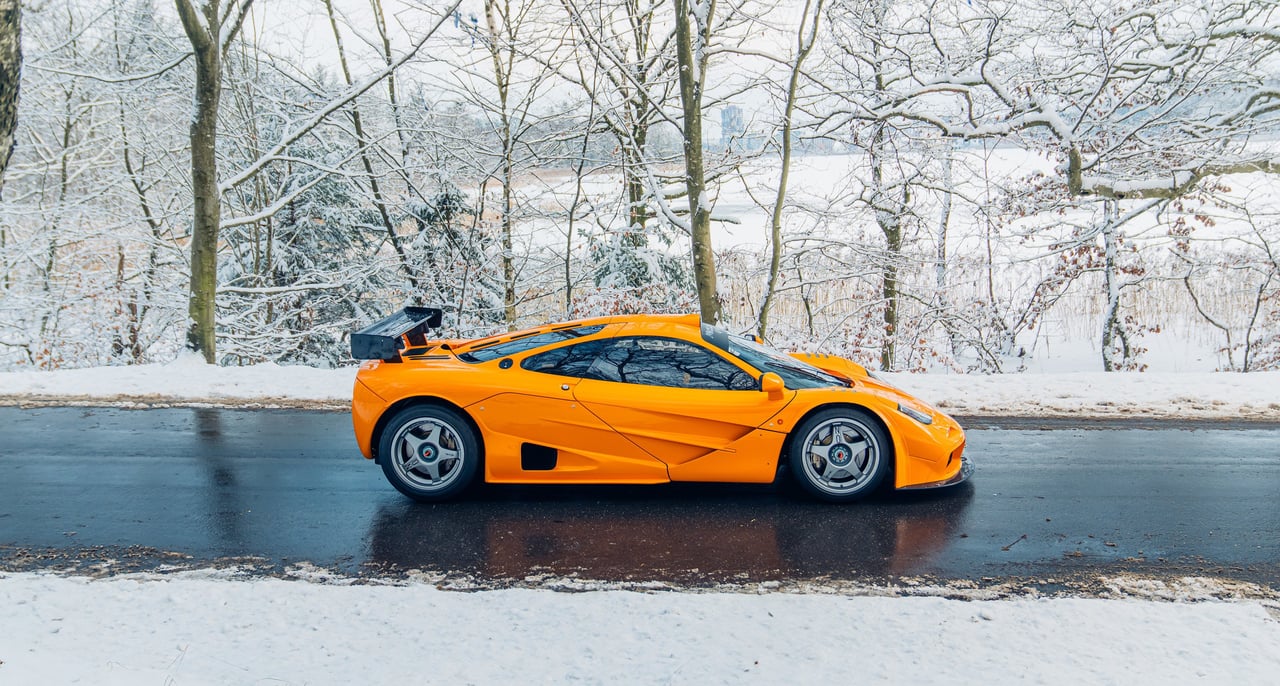
Across the history of the automobile, certain models have tugged harder at the heartstrings of petrol heads than others, but very few cars attain a level of legendary status where even their chassis numbers are recognised and revered. The McLaren F1 is one of these iconic vehicles, occupying an entirely different echelon of speed and pedigree to almost anything with four wheels. While any of the 106 F1s gifted to the world by Professor Gordon Murray possesses the ability to dilate the pupils of any discerning collector, certain chassis numbers stand above these already exalted few, whether for their race wins, unique specifications, or celebrity ownership. Today, we shall be exploring the history of one such car: the slab of Papaya perfection known as chassis #11R.

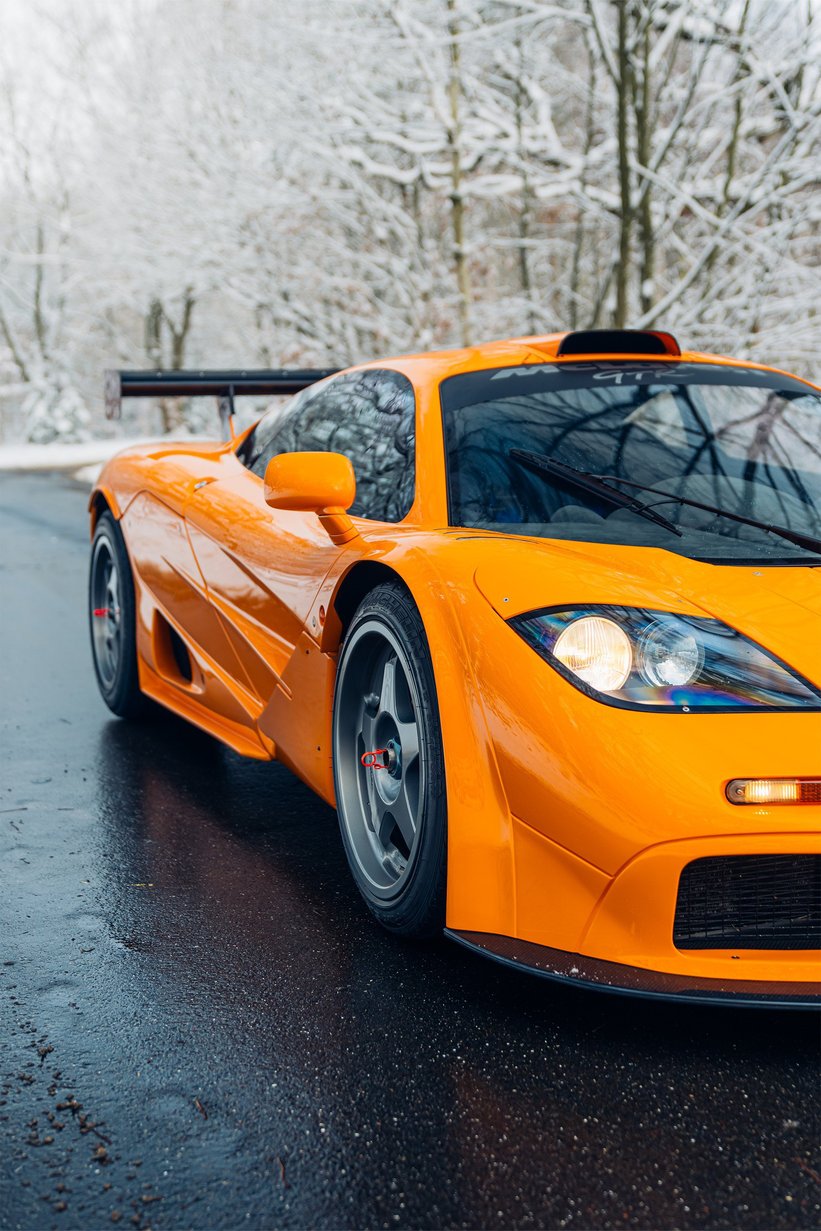
One glance will tell you that #11R is no regular F1; those gaping front intakes and aggressive rear wing single it out as one of just 28 F1 GTRs built, of which only 18 were short tails such as this. Originally dressed in a discreet coat of white paint, #11R was built for Franck Muller, making its home at Fabian Giroix Racing where it replaced their previous F1 GTR, #7R.

#11R’s first taste of battle was the 1996 BPR International Endurance GT series, where it promptly demonstrated its talents with a 2nd place finish at Monza. A DNF at the 1996 24 Hours of Le Mans and an overall placement of 14th in the season weren't exactly representative of its considerable pace, something it proved with two more second-place finishes at the end of the season during international races at Curitiba and Brazil.
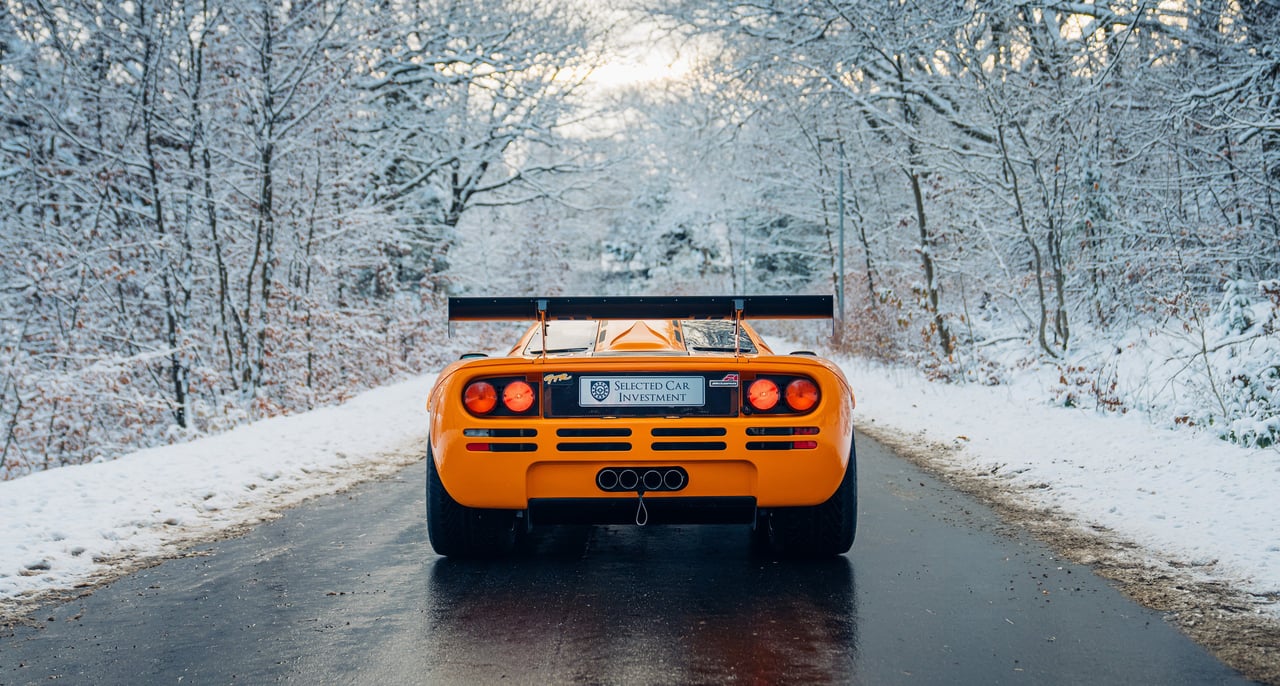
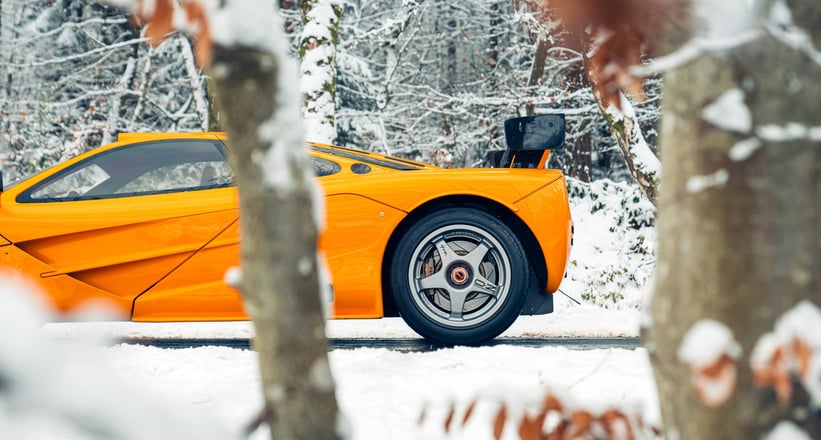
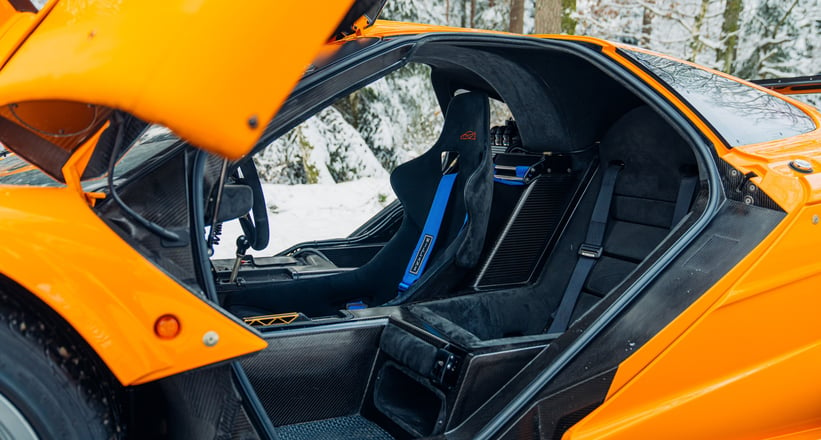
However, the next year, #11R didn’t return to competition as you might expect. After being sold to Labre Compétition, it was reportedly leased to AMG Mercedes, where it helped birth a new track monster. At the time, the Mercedes factory was fully entrenched in the development of their new racing superstar-to-be, the CLK GTR. While you would think a corporation with as much technology and financial might as Mercedes would dedicate as many resources as possible to such an important project, the bigwigs in Stuttgart gave their engineers a panic-inducing timeframe of just 128 days. They needed a lifeline, and #11R was it.
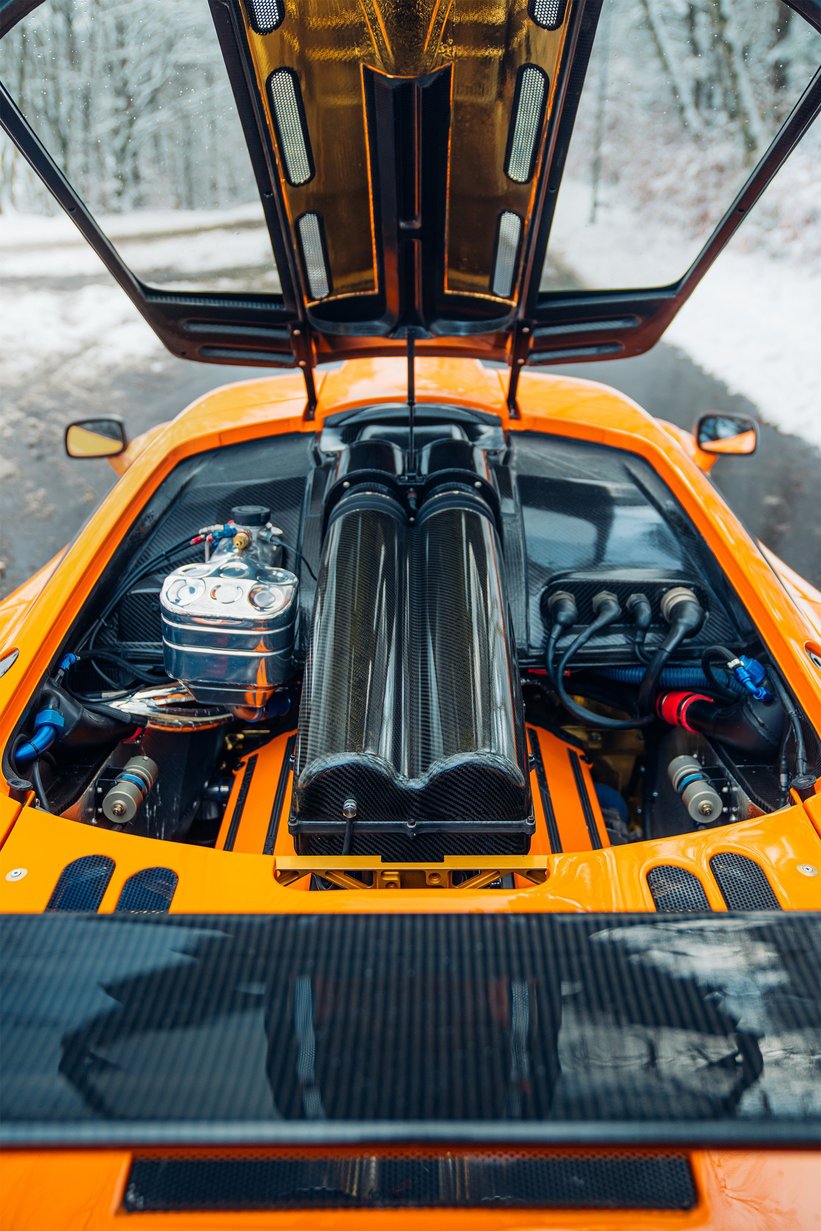
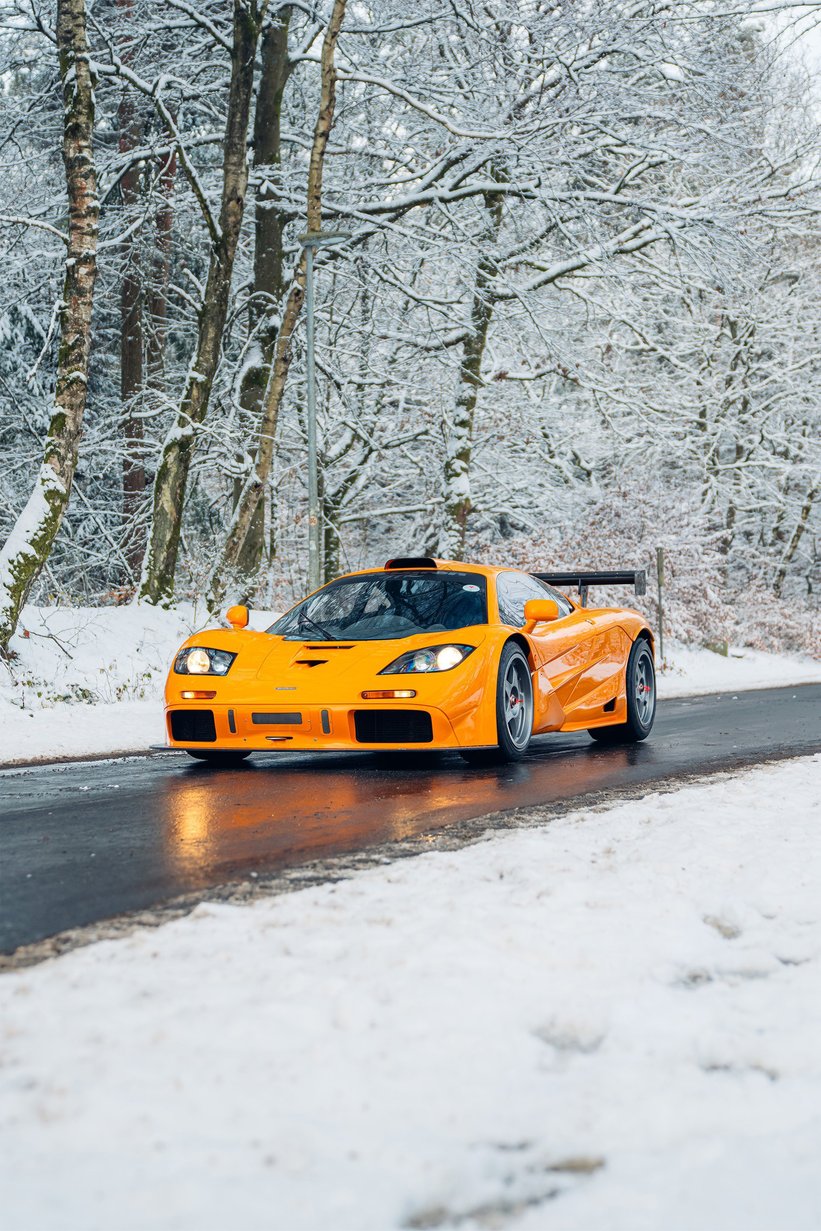
Their logic was fairly straightforward: the McLaren F1 and the upcoming CLK GTR were alike in many respects, making #11R the ideal test mule for the development of the CLK GTR’s aero package, as well as its V12. Naturally, Mercedes would never admit to using a competitor’s creation in the development of their world-beating racer, but a testing session at Jarama circuit in Spain between March 10th and 14th, 1997 clearly showed #11R playing dress-up in a bodykit that looked suspiciously similar to that of the CLK GTR. Impressively, equipped with the new engine and bodywork, #11R managed to beat the best McLaren time from the previous year’s championship by around 2 seconds.

Mercedes’ chosen test drivers were also a giveaway; Bernd Schneider had driven for Mercedes in DTM, before moving up to drive for the factory GT1 team, while Marcel Tiemann also had seat time in #11R during the testing session, before joining Bernd to drive for the AMG team in the GT1 class. Suspicious? We think so too.
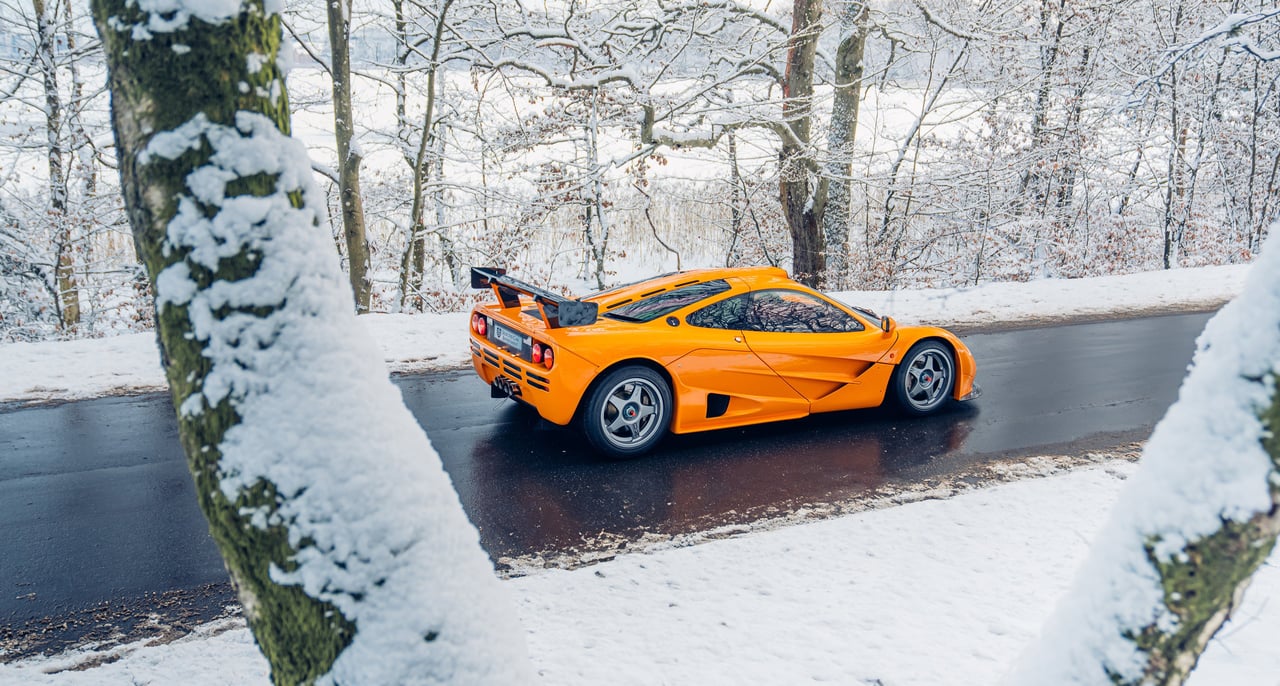
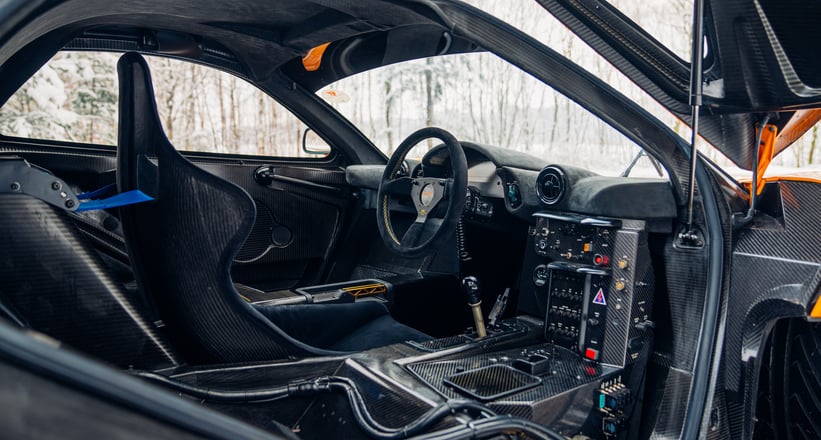
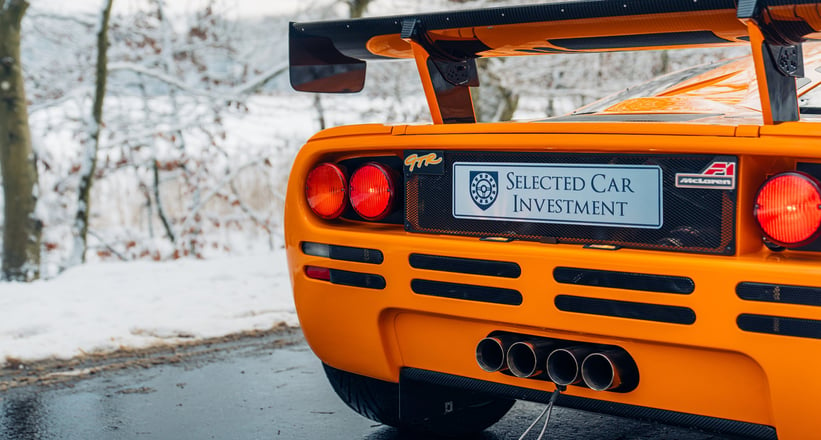
After helping to bring the CLK GTR into the world, #11R was sold and entered a private Swedish collection. Its new owner already had the road-going F1 chassis #51 but wanted an even more pure and visceral driving experience. Thus, #11R was sent back to its birthplace of Woking, where McLaren’s maestros were tasked with turning it into the ultimate track day F1, albeit one that could be driven on the road. This is the point where #11R was given its iconic Papaya paintwork as a homage to the McLaren brand.

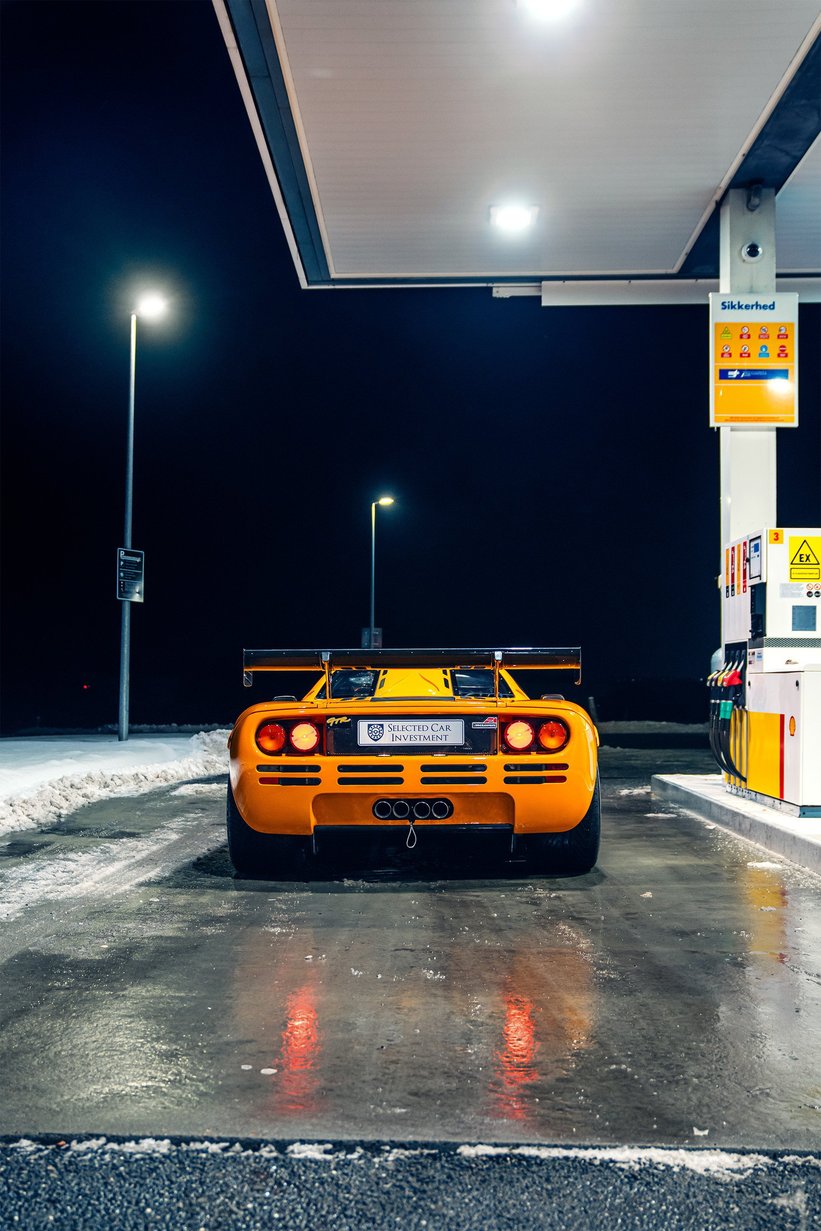
Following its makeover, #11R’s Swedish custodian collected his pride and joy from Woking and promptly returned it to Sweden to be registered. For several years thereafter, #11R was used at both local track days and normal driving on public roads, even appearing in Swedish TV programmes and car magazines during the period. Another change of ownership followed, with #11R spending a few quiet years in Italy, during which it paid regular visits to the McLaren factory for services and health checks.
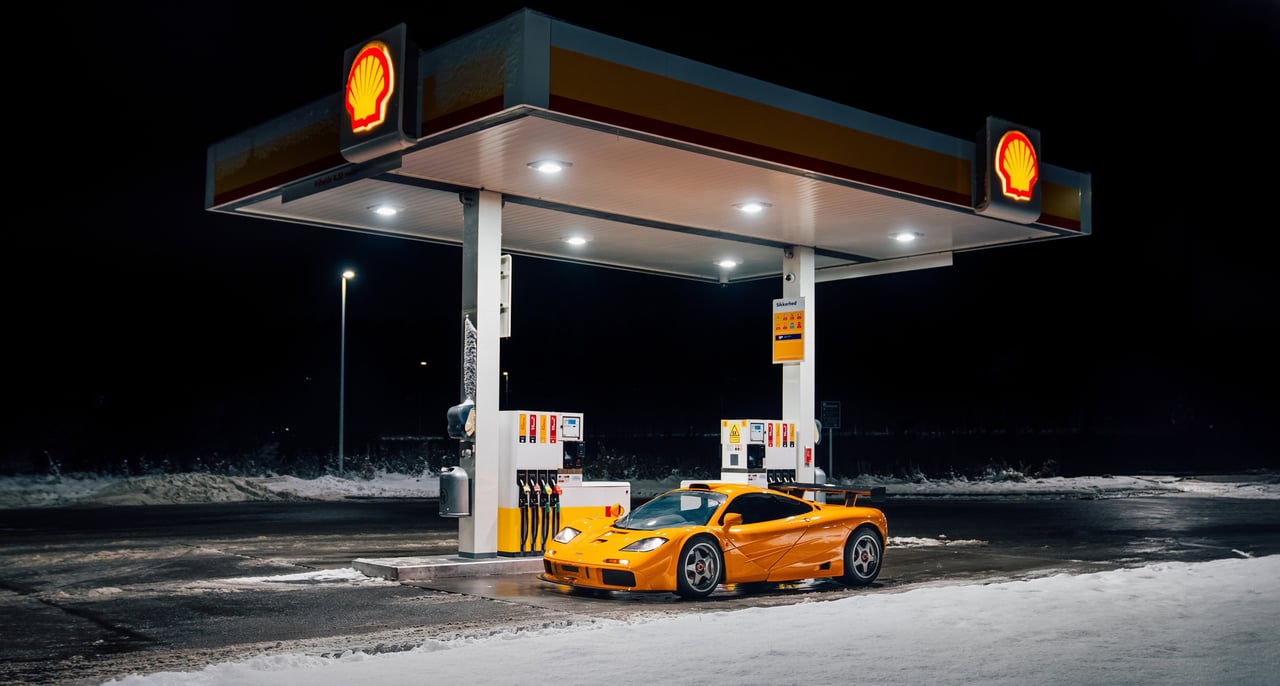
Today, #11R resides in Denmark among the other unicorns in Selected Car Investment's stable. Recently, it was traded for 30 million euros, cementing the McLaren F1’s status as one of the most sought-after collector cars on Earth. It goes without saying that all McLaren F1s are special, but #11R stands out as one of the only F1 GTRs that was converted to road-spec by the McLaren factory themselves, while no other F1 can claim the title of the progenitor of the Mercedes CLK GTR, and for that, it is truly unique.
Photos by Alex Penfold

























